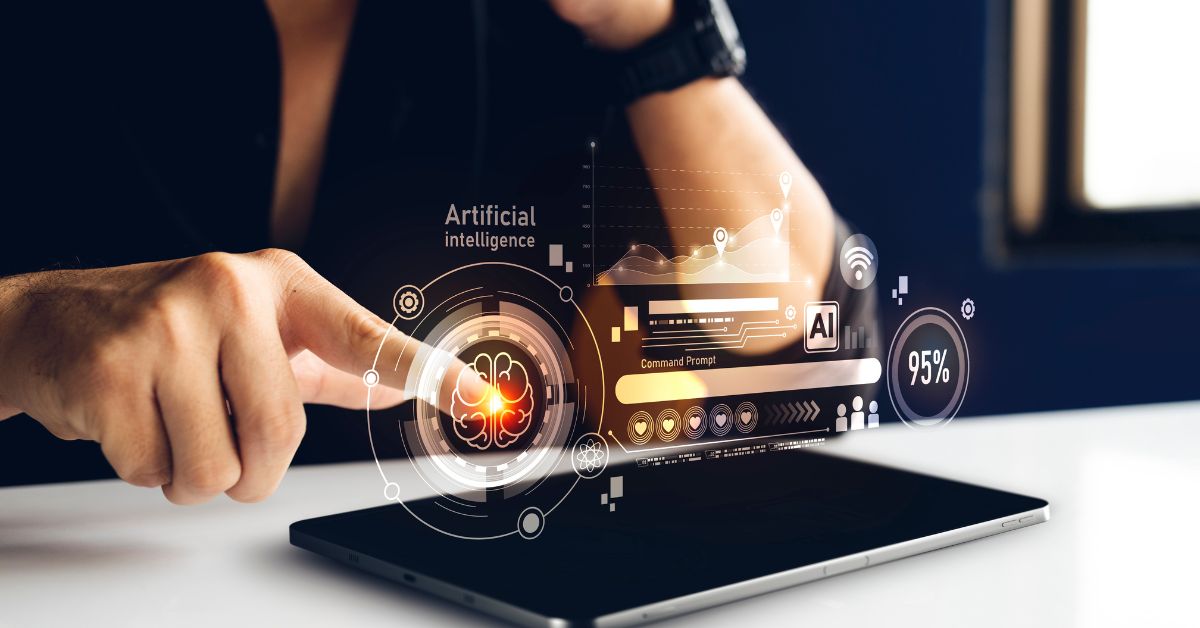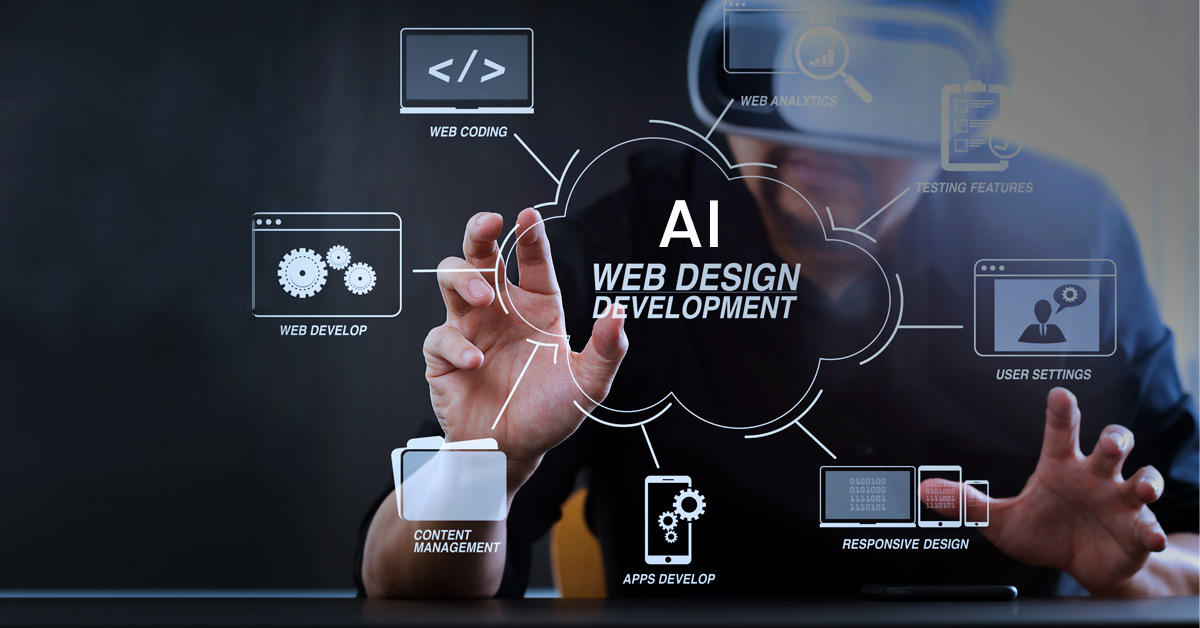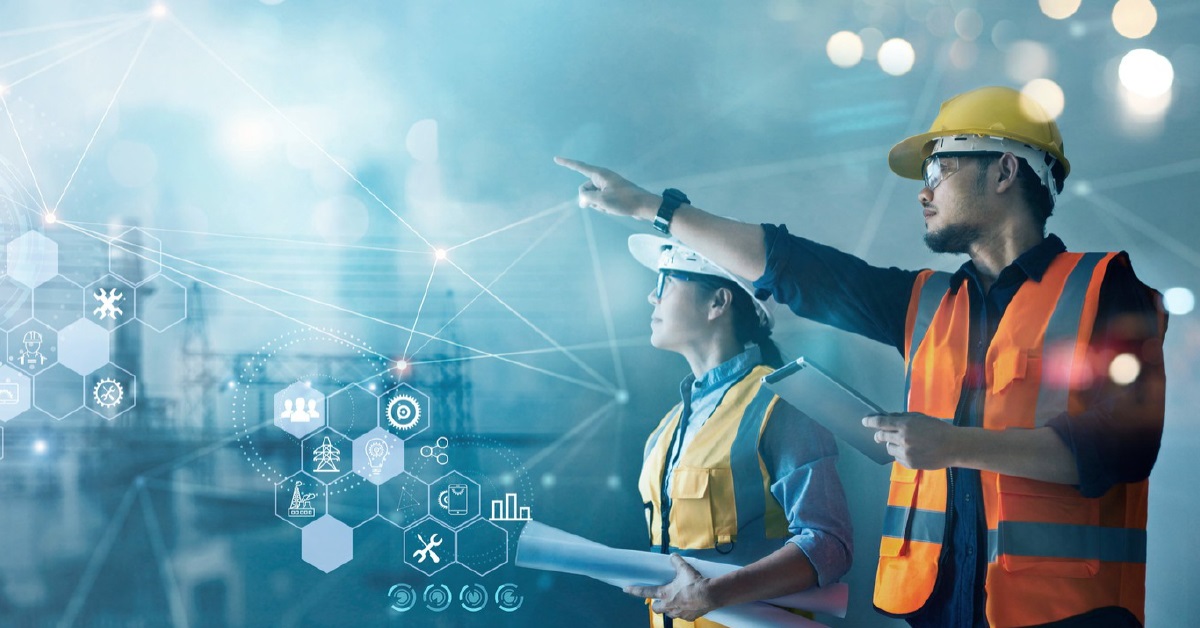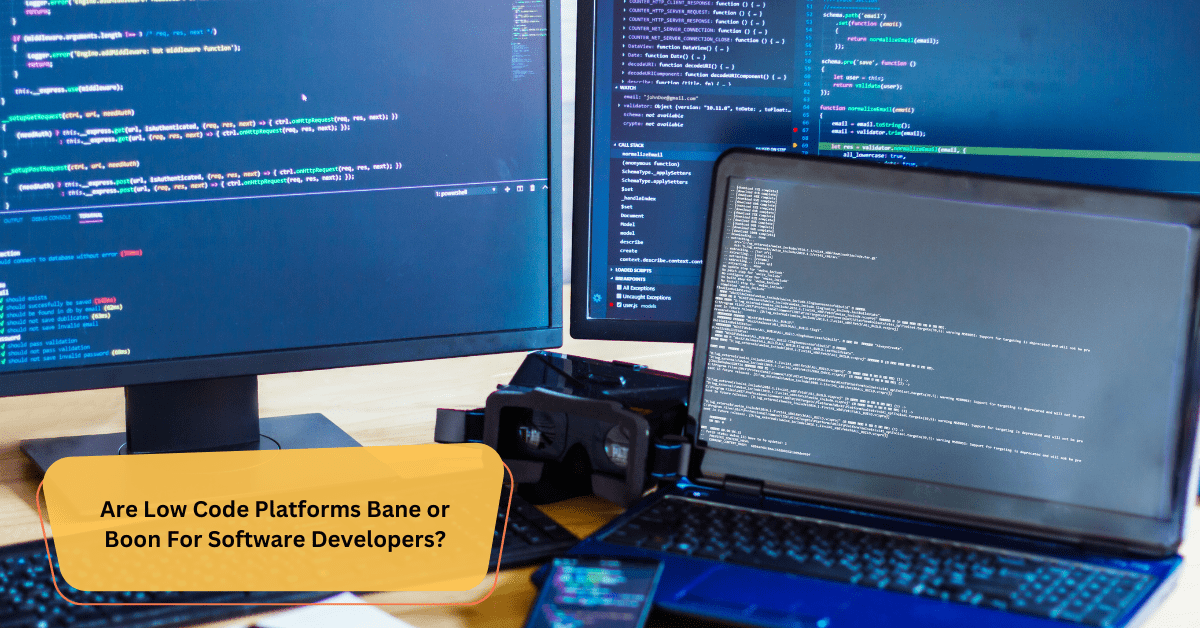The Boundaries of Artificial Intelligence and Their Limitations

4 min read
Artificial Intelligence and Machine Learning have been making waves in the tech industry for years, with their ability to automate processes, predict outcomes and even mimic human behavior. But as these technologies continue to advance at breakneck speed, many are left wondering: what is the limit of AI and Machine Learning? From sci-fi fantasies to real-world applications, we’re about to dive deep into this thought-provoking question on everyone’s mind. So buckle up and get ready for a journey through the cutting edge of technology!
Introduction
Artificial intelligence and machine learning are two of the most popular buzzwords in the tech industry today. But what do they mean? And what is the limit of their potential?
In its simplest form, AI is a computer system that can learn and work independently without human intervention. On the other hand, machine learning is a subset of AI that deals with the ability of computers to learn from data and improve their performance over time.
So what is the limit? Some experts believe that these technologies will eventually surpass human intelligence, while others believe that humans will always need to be in the loop. Ultimately, only time will tell.
Different Types
There are different types, each with its strengths and weaknesses.
Type I: Reactive Machines
Reactive machines are the simplest form of AI and can only react to the environment around them. They can’t form memories or make plans.
Type II: Limited Memory Machines
Limited memory machines are a bit more complex than reactive machines. They can store information in their memory and use it to make decisions. However, their memory is limited, so they can’t remember everything.
Type III: Theory of Mind Machines
Theory of mind machines is the most complex type of AI. They not only react to their environment, but they can also understand the thoughts and feelings of other beings. It allows them to communicate and cooperate with others.
Advantages and Disadvantages
Advantages:
- Increased efficiency and productivity: Machines can work 24/7 and don’t get tired. It can increase efficiency and productivity in various sectors such as manufacturing, healthcare, logistics, etc.
- Reduced costs: Automation brought about by AI and ML can help reduce costs in various industries. For instance, factories can use robots to perform repetitive tasks at a lower cost than human workers.
- Personalized experiences: These can be used to provide personalized experiences to users. For example, online retailers can use data from previous interactions to recommend future purchases.
- New insights and discoveries: It can quickly process large amounts of data and identify patterns that would otherwise be undetectable. It can lead to new insights and discoveries in various fields, such as medicine, finance, marketing, etc.
Disadvantages:
- Job loss: One of the main concerns with the increased use of AI and ML is job loss. As machines become more efficient at performing tasks previously done by humans, there is a risk that many people will lose their jobs.
- Dependence on technology: As we become increasingly reliant on machines powered by AI and ML, there is a risk that we may become too dependent on technology. It could lead to problems if the technology fails or is unavailable.
- Security risks: It requires large amounts of data to learn and improve, including personal and sensitive information. It risks data breaches and unauthorized access, leading to privacy violations.
- Cybersecurity threats: As the systems become more advanced, they may become more vulnerable to cyber-attacks. Hackers can manipulate or sabotage the algorithms, causing significant harm.
Limitations
The limitations are vast and varied. Here are just a few examples:
- The systems require a tremendous amount of data to function properly. It can be challenging to obtain, especially for companies just starting with these technologies.
- Another limitation is that these systems are often only as good as the algorithms they are based on. If the algorithm is fixed, the system will likely produce accurate results.
- Additionally, systems can only be biased if properly trained and monitored. For example, if a facial recognition system is only trained on images of white people, it will likely be less accurate at recognizing people of color.
- Systems are complex and ever-changing, making them difficult to maintain and keep up-to-date.
Examples in Action
There are many examples in action today. Here are just a few:
- Google’s search engine uses both to provide relevant results based on a user’s query.
- Amazon’s Echo personal assistant uses AI and ML to understand natural language commands and perform tasks such as playing music, setting alarms, and adding items to a shopping list.
- Facebook’s News Feed uses AI machine learning to personalize the content that each user sees.
- AI system used to diagnose cancer, recommend treatment options, and even create new drugs.
Ethical Considerations
When discussing the ethical considerations of Artificial Intelligence and Machine Learning, it is important to consider these technologies’ potential benefits and risks.
On the positive side, AI and ML can potentially improve our lives in several ways. For example, they can help us make better decisions by providing more accurate information and insights. Additionally, they can automate repetitive tasks so that we can focus on more meaningful work, and they can help us improve our health and well-being by providing personalized recommendations based on our data.
However, some potential risks are also associated with AI and Machine Learning. For instance, if these technologies are not designed and used properly, they could lead to biased decision-making. Additionally, there is a risk that AI and ML could be used to exploit personal data for commercial gain or other malicious purposes.
With this in mind, it is clear that a number of ethical considerations need to be taken into account when using AI and Machine Learning.
Below are just a few examples:
- How can we ensure that systems are designed and used in a way that avoids bias?
- How can we protect people’s privacy?
- What are the implications for decision-making?
- What responsibilities do those who design and use AI and ML systems have?
Predictions for the Future
There are many different predictions for the future of artificial intelligence and machine learning. Some believe that AI will eventually surpass human intelligence, while others think AI will help humans become smarter.
Some specific predictions:
- AI will continue to get smarter and more powerful.
- It will eventually surpass human intelligence.
- It will help humans to become smarter.
- It will change the way we live and work.
- It will create new industries and jobs.
Conclusion
Artificial Intelligence and Machine Learning are powerful tools that can help us achieve great things. However, there is a limit to what these technologies can do, and it is important to understand this so that we don’t expect too much from them. With proper use and understanding of their capabilities, Artificial Intelligence and Machine Learning can be used to make our lives better in many ways. By taking the time to understand the scope of their abilities, we will be able to maximize their potential while avoiding disappointment or frustration when they fail to meet our unrealistic expectations.
Published: May 2nd, 2023





